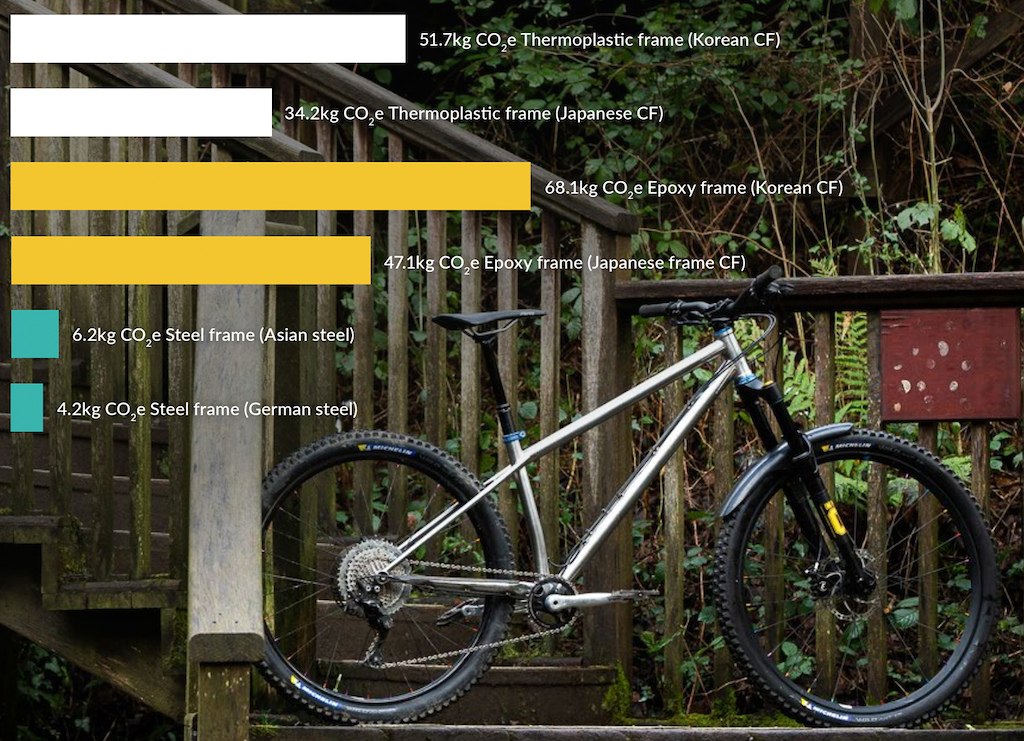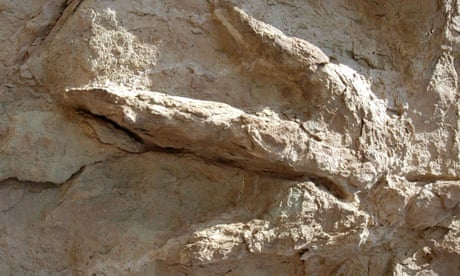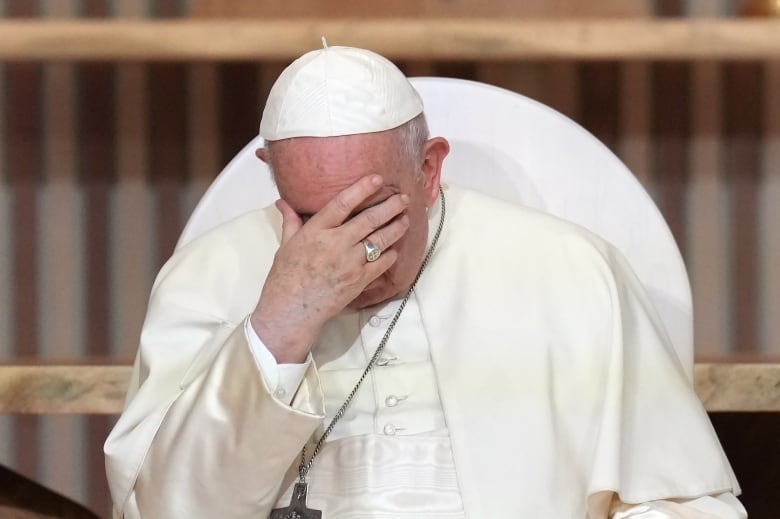Even 'net zero' aviation could still cause significant global warming
Efforts to make flying greener mostly count carbon dioxide emissions only, but modelling shows this ignores 90 per cent of future flights’ contribution to climate change
ENVIRONMENT 25 July 2022

Planes queueing for take-off in Chengdu Shuangliu International Airport, China
Jingying Zhao/Getty Images
Future flights will endanger the goals of the Paris climate agreement if efforts to achieve net-zero aviation fail to account for the warming effect of streaks of clouds created by planes, a study has found.
The research comes just days after the UK government announced its Jet Zero Strategy on 19 July, with a target of reducing carbon emissions from flights to net zero by 2050.
Nicoletta Brazzola at ETH Zurich in Switzerland and her colleagues found that even if such efforts to reduce carbon emissions succeed, the aviation sector worldwide could increase global average temperatures by between 0.1°C and 0.4°C. Because the world has already warmed 1.1°C since the industrial revolution, Brazzola ’s team says the extra warming could compromise the Paris deal’s aim of holding temperature rises to 1.5°C.
The warming comes from the ways flights heat the atmosphere beyond the carbon dioxide emitted by burning jet fuel, which are the only emissions currently counted by international and most national efforts to decarbonise aviation. The main one of these non-CO2 effects is the contrails that form because of the soot, aerosols and water vapour released by aircraft engines.
“We found the mitigation efforts needed to get aviation to a place where it’s compatible with the Paris agreement are enormous,” says Brazzola.
Her team explored different future scenarios of demand for flights, technologies to power them and how much CO2 would need to be removed from the atmosphere by trees or machines to hit net zero. “Without a very strong reduction in demand and without very rapid, almost infeasible switches to clean technologies, we would in all cases need to deploy carbon removal to a very large extent,” she says.
The team’s modelling suggests that failing to account for aviation’s non-CO2 effects, as most policy-makers are, would ignore 90 per cent of future flights’ contribution to climate change.
Paul Williams at Reading University, UK, says: “This new study makes a compelling case for moving away from carbon-neutral aviation as the main policy goal, and focusing on climate-neutral aviation instead. This would be a radical change of direction, but I think it is long overdu e.”
The study indicates that new fuels and flight technologies, from hydrogen to batteries, will need to be developed and deployed rapidly to stand a chance of reaching climate neutrality.
It also suggests that the aviation sector’s landmark short-term plan for reducing its impact on climate change – a carbon offsetting scheme that was watered down during the pandemic – won’t be enough.
Her team found that even with only a moderate increase in demand for flights, the status quo of jet fuel and offsetting would require an area the size of Germany to be planted with trees to compensate for the planes’ emissions. That amount of CO2 removal is very large and may be unfeasible, she says.
“Continuing flying with passenger jet fuels and offsetting carbon removal is a very unviable pathway,” says Brazzola. The results also show how difficult it will be to meet that new goal without curbing the world’s future appetite for more flights too, she adds.
Journal reference: Nature Climate Change, DOI: 10.1038/s41558-022-01404-7










